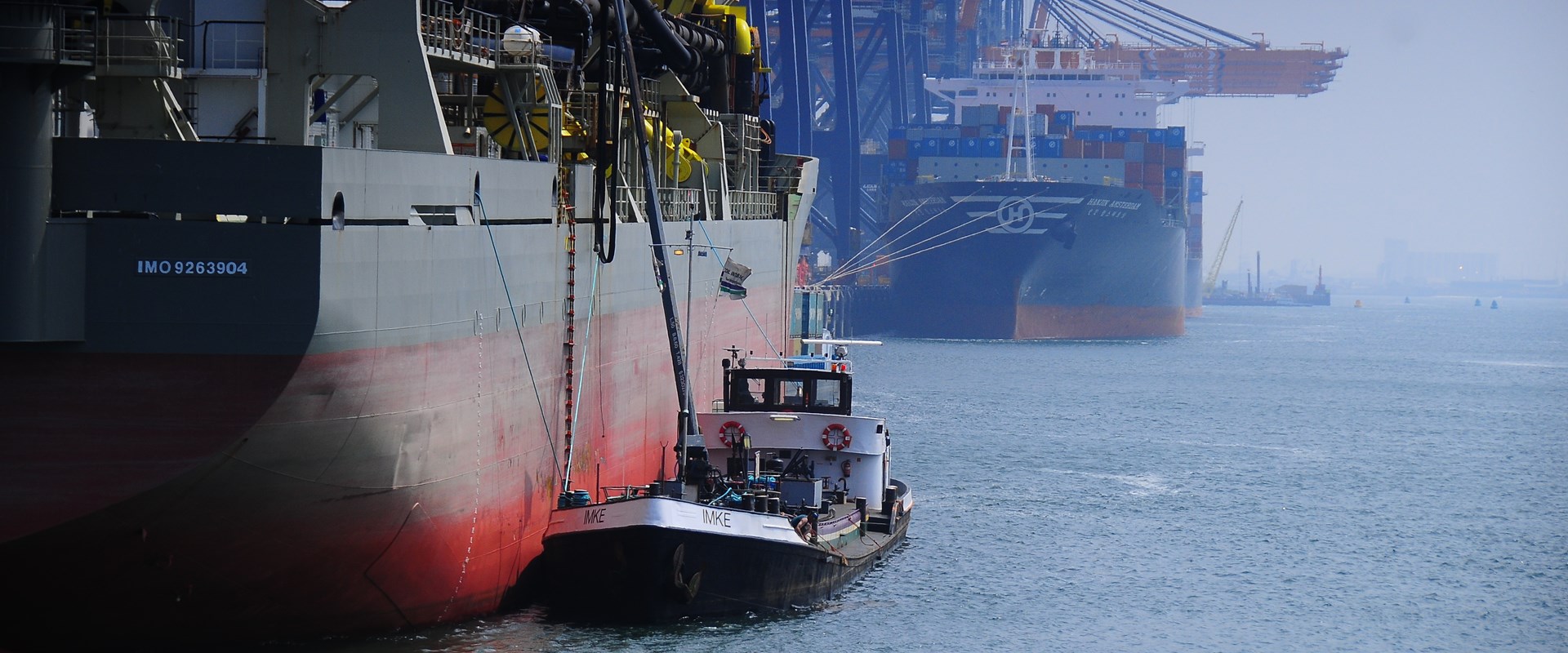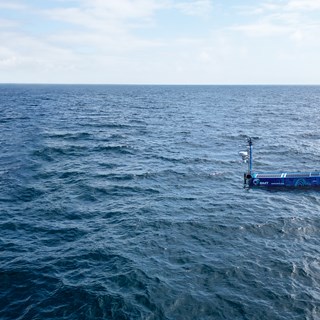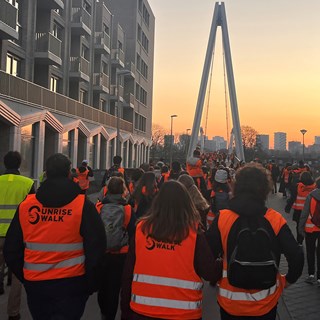
Condition surveys: new insights
Olivier van der Kruijs describes new processes that will lead to ship condition surveys being conducted more efficiently.
28 July 2015
Olivier van der Kruijs, Risk & Quality Manager and Marine Surveyor at BMT, describes how ship condition surveys can be conducted more efficiently and how the assessment can be done in a more transparent and uniform way to deliver useful datasets. Theory? Not at all. The new system has already been tested during more than five hundred surveys and proven its value to the customer.
For many years BMT has carried out various types of condition surveys for the diverse interests of the marine industry; these include insurers, banks, cargo interests, charterers and owners. The scope of the ‘condition survey’ commonly applied within the industry is often the same for all of these interests, though the survey needs are often very different. Most condition surveys follow a format that documents long lists of questions covering every inch of a ship, its crew, safety equipment, certification, management, etc.
Over recent years BMT have seen changes in the requirements of these surveys and inspections. It has been observed that more and more parties want to develop their own particular survey content, tailoring the survey to cover the particular information they need for their business.BMT has participated in the development of different survey formats, which has provided new insights and opinions on how a condition survey could be structured more efficiently and effectively.
Traditionally, a condition survey is all encompassing and comprehensive, but this is not necessarily the most effective way to assess the condition for each and every customer. Is it necessary, for example, for a Hull Insurer to know everything about crew safety on board in minute detail when there is minimal liability exposure?
Does an investor need to have a surveyor spend excessive time on ship’s operational procedures, when it is the asset value, the condition of the ship’s structure and planned maintenance records that are of particular importance to him? In order to make the survey more comprehensible there is a need to make the survey specific to the customer and devise a ‘scoring system’ to the key survey points. Not only will a ‘score’ enable vessels to be benchmarked (e.g. ship type, owner or manager etc.), but also, if consistently applied, it enables changes in the condition of a vessel to be monitored over time, (for example over a long term charter). By formulating a score system this also provides the reader of the report to see quite clearly where the problem areas lie. The whole concept relies on a proper and equitable way of translating the survey findings into a reliable numerical score. This requires a few simple rules to be followed:
• Each survey finding is to be predefined and given a weighing factor. For example, when considering a leaking hatch cover, the risk has to be defined and provided with a ‘weighting’ on that risk, i.e. give the defect a figure so that the level of risk can be easily understood by the reader – high risk – high number. This can be easily transposed to a traffic light (red / amber /green) format.
• Each surveyor requires specific training to conduct the survey, understanding the risk philosophy and providing a consistent interpretation. This requires continuous evaluation, so that different surveyors all provide consistent interpretations.
• Achieve uniformity in assessing the survey results by having all reports evaluated and authorized by specially trained reviewers. BMT Surveys have participated in developing tailor made inspection systems for, a large variety of interests in the maritime sector. The new survey system has proven its value in many instances and provided a significant contribution to preventing losses, damages and incidents.


N/A
Are you using your port's data to make smarter, real-time decisions, or just collecting it without turning it into actionable insight? What if you could predict delays before they happen and optimize operations with the data you already have?

N/A
The integration of autonomous maritime systems into the naval and commercial sectors is accelerating, driven by AI, distributed sensor networks, and long-duration autonomous platforms.

N/A
At 3am on a March morning, while many were still sleeping, our amazing colleagues in the Netherlands laced up their trainers and took on a 15km sunrise walk to raise money and awareness for ALS. This year’s walk carried even deeper meaning, as it was inspired by one of our own teammates recently diagnosed with the condition.

N/A
Jeremy de Backere has recently been awarded the VRT accreditation, here he expains what it is and the benefits to BMT customers